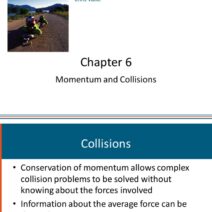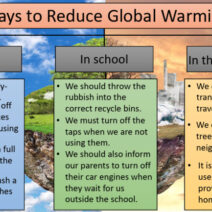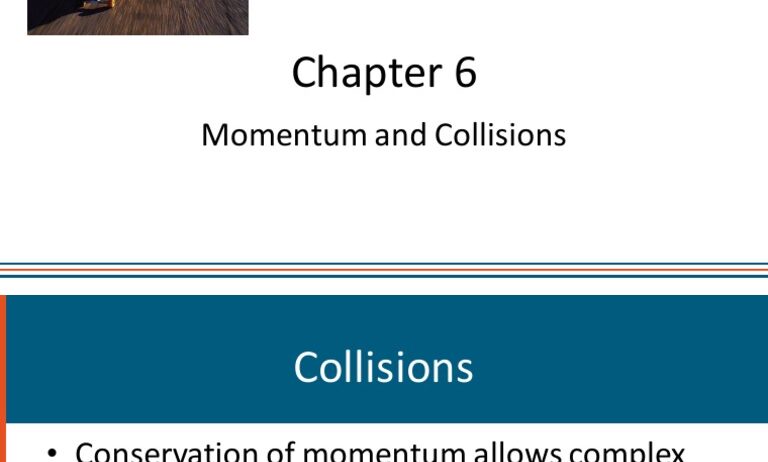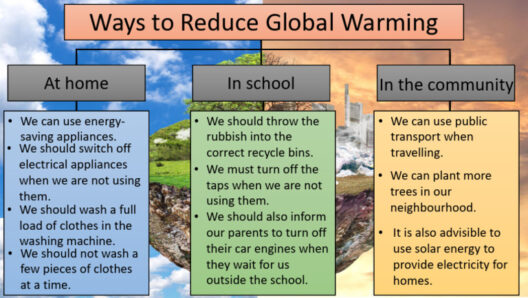The phenomenon of momentum and energy conservation during collisions is a cornerstone of classical mechanics, revealing remarkable intricacies of physical interactions. At its essence, when two objects collide, the outcome can be vastly different depending on the nature of their interaction. Comparatively, the dichotomy between elastic and inelastic collisions is pivotal in understanding how momentum and energy are conserved or transformed.
In exploring the types of collisions, it is crucial to define momentum and energy. Momentum, a vector quantity, is influenced by the mass and velocity of an object, represented mathematically as ( p = mv ) where ( p ) denotes momentum, ( m ) is mass, and ( v ) is velocity. Conversely, kinetic energy, a scalar quantity, measures the energy of motion and is given by the equation ( KE = frac{1}{2} mv^2 ). This differentiation sets the stage for analyzing outcomes post-collision.
When we refer to an “elastic collision,” we describe a scenario in which both momentum and kinetic energy are conserved. This means that the total momentum and total kinetic energy of the system before the collision remain the same after the impactive event. A classical example is the interaction between two billiard balls on a pool table. Players observe how the balls transfer momentum effectively, with the involved parties rebounding off of one another without a palpable loss of energy.
During elastic collisions, the conservation laws function seamlessly. If we consider two objects, Object A and Object B, colliding in an elastic manner, it can be expressed mathematically as:
( m_A v_{A_i} + m_B v_{B_i} = m_A v_{A_f} + m_B v_{B_f} )
( frac{1}{2} m_A v_{A_i}^2 + frac{1}{2} m_B v_{B_i}^2 = frac{1}{2} m_A v_{A_f}^2 + frac{1}{2} m_B v_{B_f}^2 )
Here, the subscripts (i) and (f) denote initial and final velocities, respectively. The beauty of this interaction captivates many within the scientific community as they decipher its ramifications in broader contexts, from atomic interactions to celestial events.
On the contrary, inelastic collisions reveal a more complex scenario where momentum is conserved, but kinetic energy is not. During such interactions, the colliding objects may deform, generate heat, or even stick together, resulting in a loss of kinetic energy manifested in alternate forms. Consider a car crash, where two vehicles collide and crumple, dissipating energy through sound and thermal processes. The equations governing inelastic collisions, particularly when two bodies merge, exemplify the conserved momentum but the loss of kinetic energy:
( m_A v_{A_i} + m_B v_{B_i} = (m_A + m_B)v_f )
In this case, evaluating the total pre-collision momentum equals the post-collision momentum, yet the energy dissipates in irreversible transformations.
This dichotomy between elastic and inelastic collisions is more than mere technicalities; it serves a greater purpose in the study of the physical universe. The conservation of momentum and energy encapsulates a universal principle that transcends this specific discourse, echoing through realms such as astrophysics, where one encounters astronomical interactions. Observations of colliding galaxies, for instance, underscore momentum conservation as these massive entities intertwine without an observable loss of total momentum, albeit with a significant alteration in the energy states of constituent stars and gases.
Furthermore, the fascination with collisions extends into academic vertebrae, drawing scientists and enthusiasts alike into deeper inquiry beyond observable phenomena. Understanding these interactions aids in advancing technologies such as particle accelerators, where high-speed particle collisions serve to unveil fundamental components of matter. The transcendent energy transfers in high-energy physics epitomize a method of peering into the fabric of reality, revealing intricacies that govern the universe at both macroscopic and microscopic scales.
Critically, the principles of momentum and energy conservation promote a profound understanding of dynamic systems, offering insights into areas such as engineering and environmental science. For instance, the design of safer automobiles takes into account the principles demonstrated in momentum conservation during collisions. By reinforcing structures to absorb energy effectively, engineers mitigate risk and transform potentially dangerous scenarios into manageable ones through scientific understanding.
The implications extend to our responsibility towards environmental conservation. Understanding energy transformations echoes environmentally sustainable practices, such as designing energy-efficient vehicles that exploit momentum conservation principles appropriately. Utilizing hybrid systems represents an effort to convert energy more effectively during collisions, thereby conserving resources and minimizing environmental impact.
Nevertheless, the quest for knowledge surrounding collisions remains a perennial endeavor. As scientists uncover more about the nuances of momentum and energy, they are driven not merely by theoretical inclinations but also by practical applications. From the microcosm of particle physics to the macrocosmic scale of astrophysics, the fundamental laws governing collisions guide our understanding of energy utilization in a resource-constrained world. The interactions exemplified through collisions act as an allegory for our relationship with energy consumption as a species.
In conclusion, the study of momentum and energy conservation during collisions orchestrates a tapestry of interactions that encompasses the fundamental laws of physics and the pursuit of sustainability. The urge to understand these phenomena continues to stimulate scientific inquiry, encouraging innovation that seeks harmony between human advancement and ecological stewardship.






